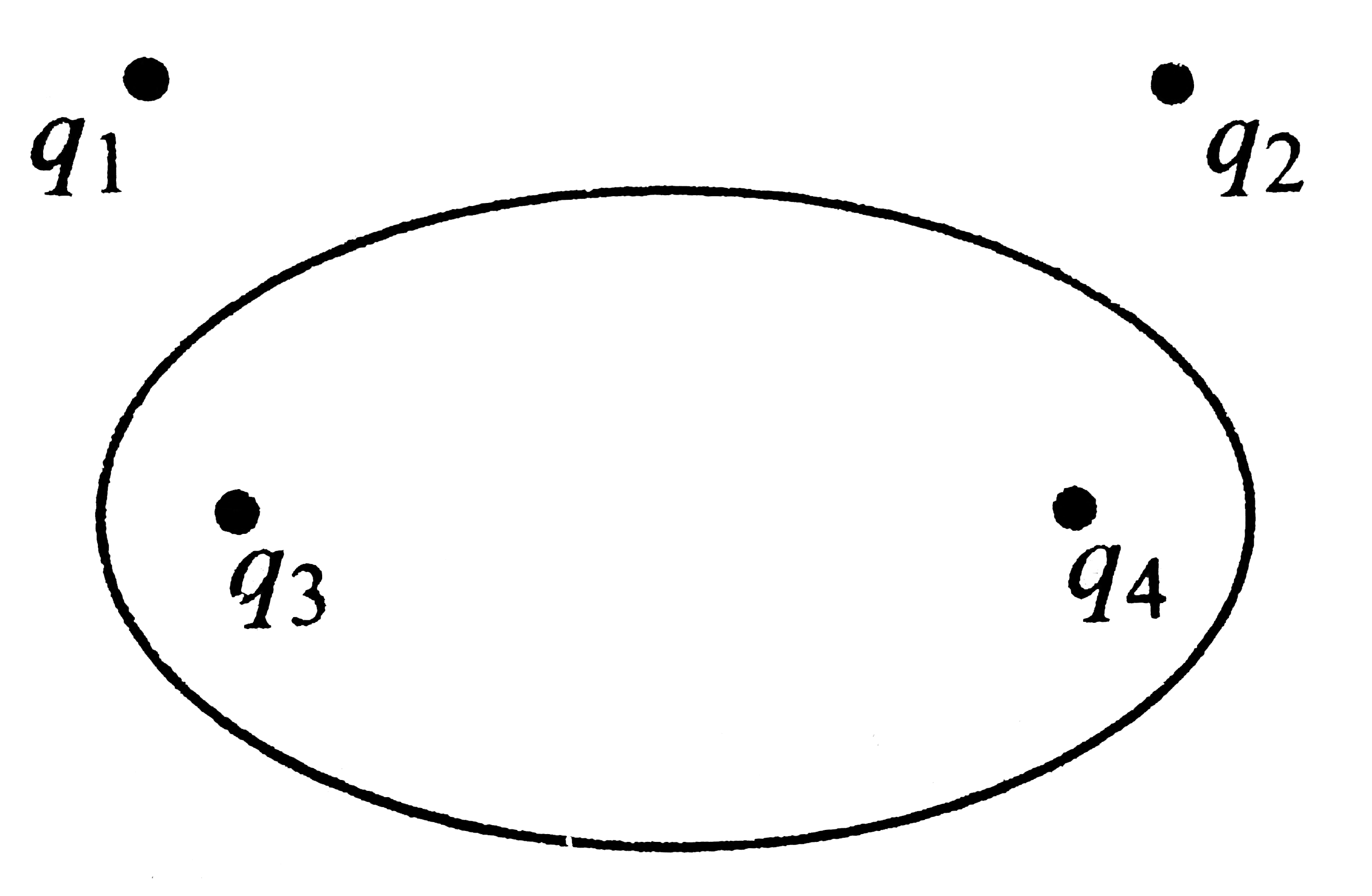Shape, size, cell elongation, ability of roots piercing through hard floors is all due to
Plasmolysis
Guttation
Turgor pressure
Water potential
The correct Answer is:C
To solve the question regarding the factors influencing the shape, size, cell elongation, and the ability of roots to pierce through hard surfaces, we can break down the concepts as follows:
1. Understanding the Question: The question asks about the physiological factors that contribute to the shape, size, cell elongation, and the ability of roots to penetrate hard surfaces.
2. Identifying Key Terms: The options given are plasmolysis, guttation, trigger pressure, and water potential. We need to analyze these terms in relation to plant physiology.
3. Analyzing Each Option:
- Plasmolysis: This refers to the process where cells lose water in a hypertonic solution, causing the cell membrane to pull away from the cell wall. This does not contribute positively to cell elongation or root penetration.
- Guttation: This is the process of exuding water droplets from the leaves of plants, usually occurring at night. It is related to water loss and does not directly affect root growth or cell shape.
- Trigger Pressure: This is the pressure exerted by the fluid (water) within the cell that pushes against the cell wall. It is crucial for maintaining cell turgor, which is essential for cell elongation, shape, and the ability of roots to grow through hard substrates.
- Water Potential: This refers to the potential energy of water in a system compared to pure water. While it influences water movement, it is not a direct cause of the physical characteristics mentioned in the question.
4. Conclusion: The primary factor responsible for the shape, size, cell elongation, and the ability of roots to penetrate hard surfaces is trigger pressure. This pressure is generated by the presence of water within the cells, which helps maintain turgor pressure, allowing cells to elongate and roots to grow effectively.
Final Answer:
The correct answer is trigger pressure.
---
- Plasmolysis: This refers to the process where cells lose water in a hypertonic solution, causing the cell membrane to pull away from the cell wall. This does not contribute positively to cell elongation or root penetration.
- Guttation: This is the process of exuding water droplets from the leaves of plants, usually occurring at night. It is related to water loss and does not directly affect root growth or cell shape.
- Trigger Pressure: This is the pressure exerted by the fluid (water) within the cell that pushes against the cell wall. It is crucial for maintaining cell turgor, which is essential for cell elongation, shape, and the ability of roots to grow through hard substrates.
- Water Potential: This refers to the potential energy of water in a system compared to pure water. While it influences water movement, it is not a direct cause of the physical characteristics mentioned in the question.
The correct answer is trigger pressure.
Topper's Solved these Questions
- TRANSPORT IN PLANTS BOOK - AAKASH SERIESCHAPTER - TRANSPORT IN PLANTS EXERCISE - EXERCISE II
52 Videos
- TRANSPORT IN PLANTS BOOK - AAKASH SERIESCHAPTER - TRANSPORT IN PLANTS EXERCISE - EXERCISE III
20 Videos
- RESPIRATION IN PLANTSBOOK - AAKASH SERIESCHAPTER - RESPIRATION IN PLANTSEXERCISE - Exercise - III
9 Videos
Similar Questions
Knowledge Check
Cell elongation in internodal regions of the green plants takes due to
Aindole acetic acidBcytokininsCgibberellinsDethyleneCell elongation in Internodal regions of the green plants takes due to
Aindole acetic acidBcytokininsCgibberellinsDethyleneMotile sperm cells swim through an external film of water to reach female gametes in all of the following groups except for :
APteridophytaBSpermatophytaCLycopodiophytaDBryophyta
Describe the path of water from an epidermal cell in a root through the various root, stem, and leal tissues until it is finally released as vapour into the atmosphere.
View SolutionAuxins are growth hormones caplable of promoting cell elongation. They have been used in horticulture to promote growth flowerin g and rooting wirte a line to explain the meaning of the following terms related to auxins
(a) Auxins precursors ,(b) Anti auxins, (c ) Synthetic auxins
View SolutionIn the shown diagram, all the wires are made up of same material, lenth of all section is same. But area of cross section of AD and DC is double that of AB and BC. Find magnetic field at point 'O' due to the squar. The current through AB and BC is I:-

View SolutionThe pronounced change from non-metallic behaviour and also increase in the basicity of oxides from nitrogen to bismuth in group 15 is principally due to incresing size of the atoms. The ionisation potential of nitrogen is very high on account of its small size. However, ionisation potential decreases regularly on descending the group.
In all the group 15 elements, the number of unpaired electrons in the valence shell is.
View SolutionSelect the correct statements
(A) From the region of elongation, some of the epidermal cell for root hairs
(B) Pneumatophores are seen in Rhizophora
(C) Adventitous roots are seen in the Banyan tree
(D) Maize and sugarcane have prop roots
View Solution

